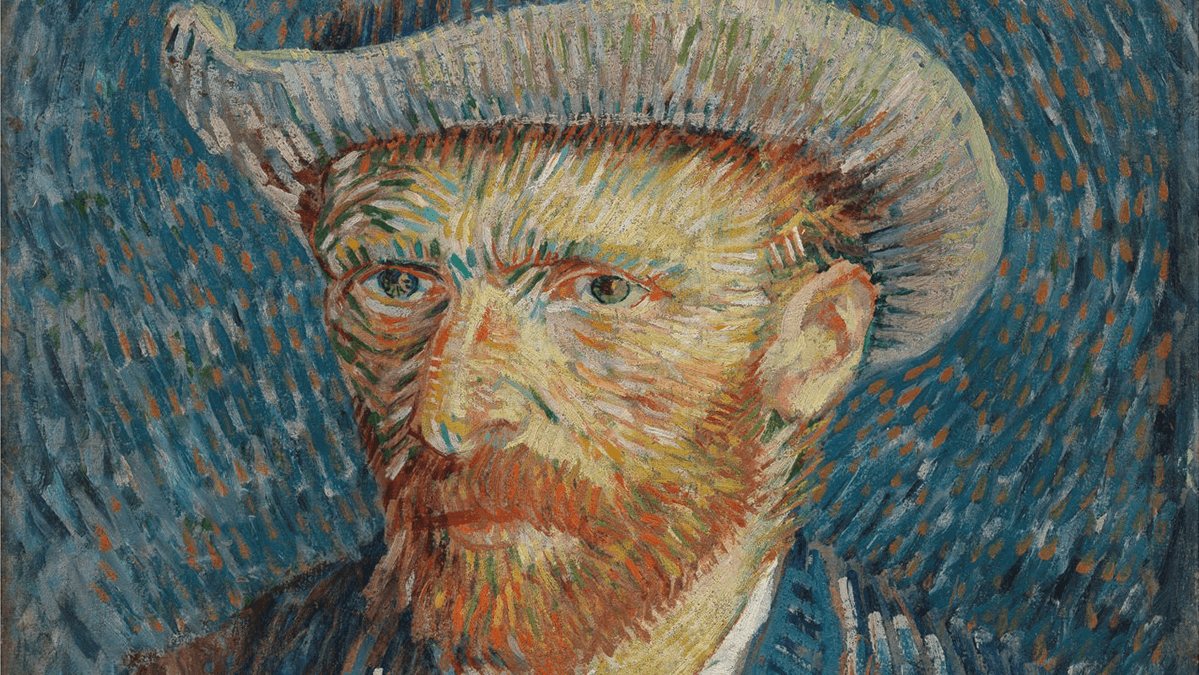The Vincent van Gogh Sites Foundation (VGSF), which promotes the work of the Dutch post-impressionist painter, on Monday, launched its first collection of NFTs commemorating the storied artist in collaboration with Hong Kong-based Web3 startup Appreciator.io.
The Foundation unveiled six multi-media artworks, all based on locations connected to van Gough.
A total of 84 copies are currently on sale as NFTs, each a 3D animation of a van Gogh painting and a digital scan of a leaf from a related heritage site. The animation shows the leaf being encapsulated in a glass display, a nod to the project’s theme of preservation.
The group plans to eventually offer 39 different artworks based on monuments from van Gogh’s homeland, with the goal of spreading the artist’s legacy to younger patrons and creators without the restraints of distance and travel, according to the director of VGSF, Frank van den Eijnden.
“The collaboration makes us able to tell stories worldwide, about van Gogh’s life and his work, and the revenues of sales of this content will help us a bit in preserving the heritage for future generations,” van den Eijnden said in a call into the event in Hong Kong.
NFTs have been used for charity and fundraising since the technology burst onto the scene in 2021. The Giving Block, a crypto donation site that helps non-profits fundraise using digital assets, reported that it processed more than US$12.3 million in donations from the NFT community in 2021.
Buyers of the van Gogh NFTs receive physical mementos, including prints, certificates from the Foundation, and for some, a handcrafted wooden box with a silver-coated replica of the leaf. Some collectors will also be invited next year to a workshop in the Netherlands to visit some of the heritage sites featured in the NFTs.
“We went from physical to digital, and finally back to the physical elements,” said Tomas Snels, the collection’s chief curator and artist.
Beneficiaries
About 30 to 50 percent of the NFT proceeds will go directly to the Foundation and to local artist collaborators who will be invited to help design upcoming van Gogh 39 NFTs, and take part in future initiatives, said founder of Appreciator.io Emily Cheung.
“We can use the NFT technologies to help them create meaningful collectibles, which will link back to the real life preservation projects,” she added.
NFTs also represent an innovative new donation model for traditional art institutions that can also help with marketing and spreading awareness on initiatives, Cheung told Forkast in an interview.
The trading volume of NFTs hit a peak in January but had fallen 97% as of September, according to data from blockchain analytics firm Dune Analytics. However, many organizations are still using the assets for fundraising purposes.
In June of this year, Hong Kong’s Cathay Pacific International airline and green NFT platform Articoin partnered with local NGO The Hub Hong Kong to launch an NFT project to help fundraise for the NGO, according to a Cathay press release.
In addition to reaching new donors, NFTs can help the art world resonate with newer, more digitally inclined audiences, according to Adam Chen, head of the curation at Appreciator.io. “If you want to engage with younger generations… you have to embrace the technology.”
“Technology doesn’t take away your kids from art, it’s the opposite; technology can bring them into the art,” Chen said, adding that NFTs can preserve fine art and heritage in new creative and collectable forms.

